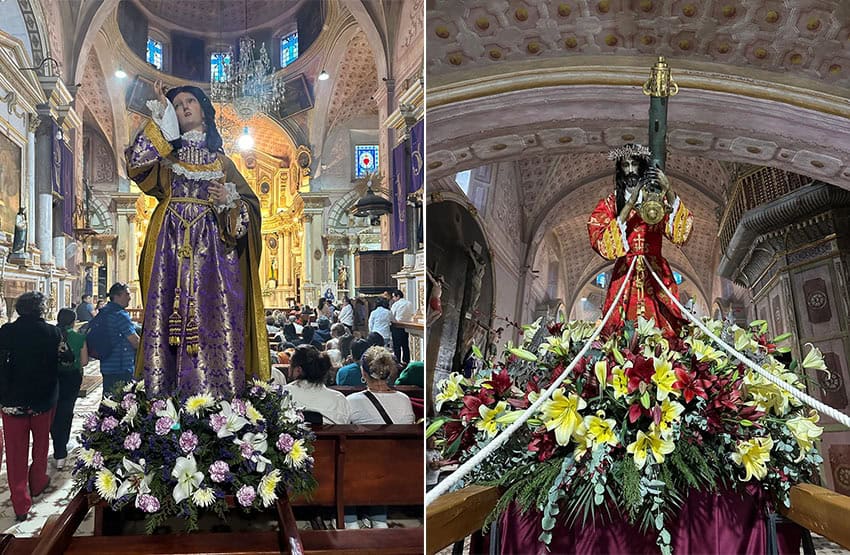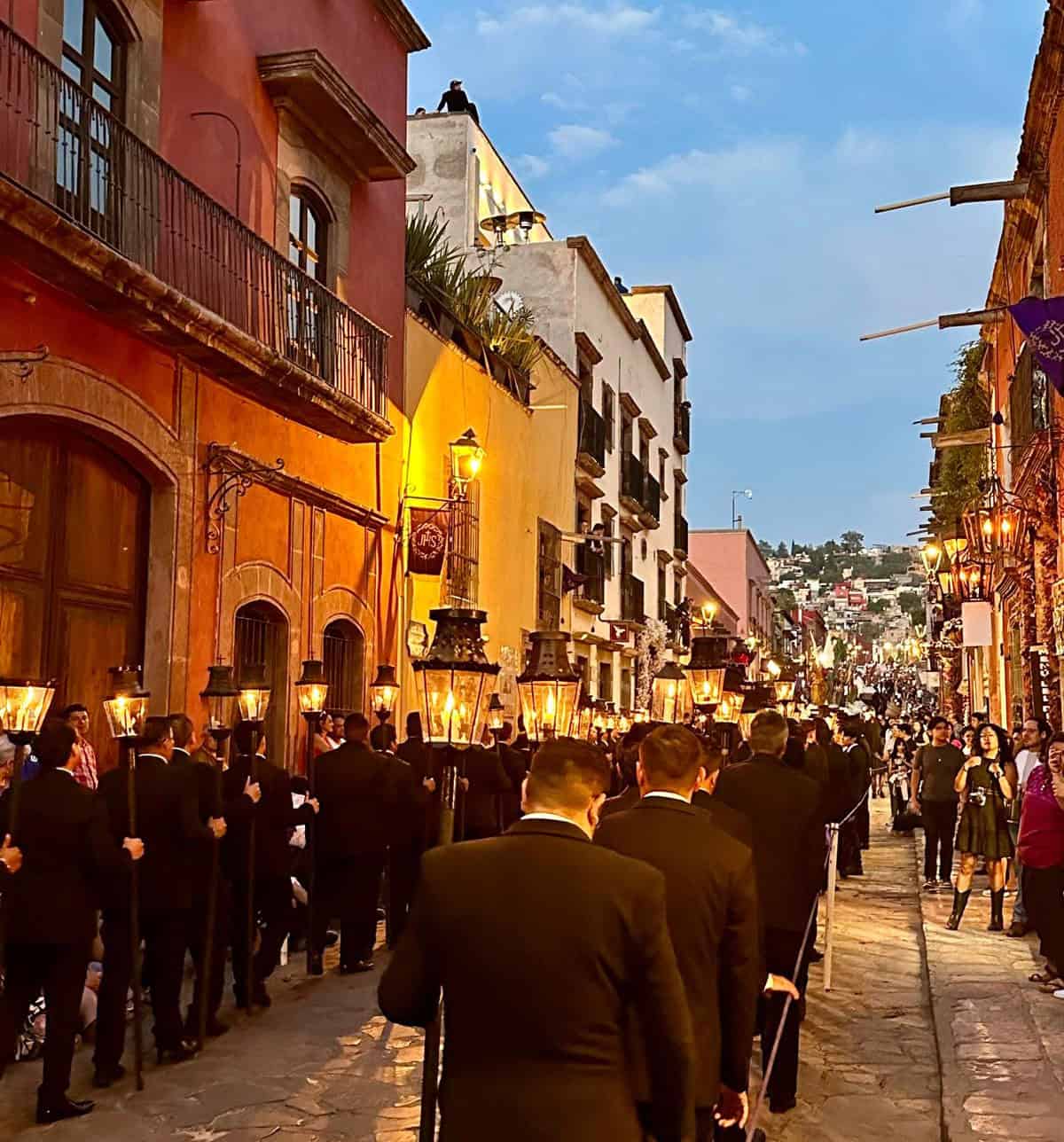Growing up a kid in Wisconsin, my family had lots of traditions around the holidays. Not having been exposed much to other cultures, I happily participated and for the most part enjoyed them year after year. I have many special memories of Christmas Eve midnight mass at church, or dressing up for Easter morning mass, or making Christmas cookies with my sisters. We were fortunate to have an extended family of grandparents, aunts, uncles and cousins all living nearby. It wasn’t until I met my wife in my late 20s that I first began to take more note of some of our traditions.
My wife, who was born and raised in India until she was 18 years old, would often question many of our family traditions. Seen through the light of many of the spiritual/religious/seasonal traditions she was used to, she found many of my traditions quite puzzling.
She was not in any way criticizing or putting them down, but rather asking about the origin, meaning and significance of some of them. Why did we go to Walmart at 4 a.m. the day after Thanksgiving to try to score a 60-inch television for $199, or binge eat while watching back to back-to-back NFL football games on Thanksgiving Day? Why watch four NBA games on Christmas Day, or look for a basket full of chocolate candy on Easter morning? Traditions they certainly were, but the significance or meaning of many of them was not easy for me to explain.
As I reflected on many of my traditions, I realized that over the years, they did seem to become much less about the Chistmas Eve midnight mass or the Easter morning mass and more about eating a lot, buying a lot, and watching a lot of sports on TV.
Commercialization seemed to have increasingly crept in. I would defend them by saying that it didn’t matter what we were doing; the fact was that we were together, as a family, and enjoying what we were doing. That seemed like a good answer to me, and my wife thankfully went along with that for years. Traditions were maintained and a good time was had by all.
That said, when I moved to Mexico I found myself starting to look at my holiday traditions in a very different light. After spending time in Mexico during Día de Muertos and seeing the exceptionally rich traditions that families have to stay connected with their deceased loved ones, it’s hard to look at American-style Halloween the same.

I remember last year visiting some friends in Chicago in October and feeling like every other house was competing to have the most giant Costco skeleton in their yard. Don’t get me wrong, I have had many fun (often times drunken) Halloween nights in the U.S. over the years, but once you experience Día de Muertos in Mexico, the holiday takes on a whole different meaning.
Spending these past two weeks leading up to Easter in my adopted hometown of San Miguel de Allende was another eye-opener. We have been here during other Easter periods, but this year it hit us very differently. We were out and about almost every evening and were floored by the sense of family and community of the traditions on a nightly basis. Entire neighborhoods gathered to decorate the homes on their street with flowers, or lay down flower petals in beautiful patterns on the street. Almost all were a multi-generational events, with young kids learning the meaning and significance and importance of each tradition from the elders. It was deeply touching.
Night after night we were moved by the sense of community, the family bonding, the active participation of all ages of people, and the smiles and laughter accompanying nearly every minute. One night, the community decorated the streets with flower petals all night long for several kilometers to greet thousands of religious pilgrims arriving before sunrise. Another night, we witnessed a tradition symbolizing the tears of the Virgin Mary, in which families give away free juice or water or ice cream to anyway who stops by. Yet another night was the tradition of going with family to see the beautifully decorated alters of seven different churches in the center of town.
And finally came the evening of Good Friday. Somehow I had missed it in previous years. In a 90-minute procession, hundreds and hundreds of people recreated the funeral of Christ. I am still at a loss of words to describe the event. There was absolute silence. Total reverence for the moment. No kids crying or playing. No cell phone conversations. No talking whatsoever as we watched the procession of women and men, young and old, quietly and solemnly walk though town. Every woman formally dressed in their best jewelry, black veils, high heels and black dresses. Every man formally dressed in black suits and ties. Every child smartly dressed with flowers in their hair. Children singing. A full orchestra playing quiet music perfect for the moment.

It was mind-blowing. It was impactful. It was humbling. And more than any other time in my life, I felt the power of such deep, meaningful and significant traditions. It was absolutely magical.
My point in today’s column is not in any way to criticize the traditions I had growing up as a kid. They in part helped shape me into the person I am today. I have no regrets. But I do very, very strongly encourage you to come to Mexico for Día de Muertos, Christmas season, or Easter/Holy Week. I can guarantee it to be an experience that will impact you, inspire you, and give you a very different perspective. Seeing the “reason for the season” through the eyes of Mexican families and communities is truly a fascinating experience.
Travis Bembenek is the CEO of Mexico News Daily and has been living, working or playing in Mexico for nearly 30 years.
